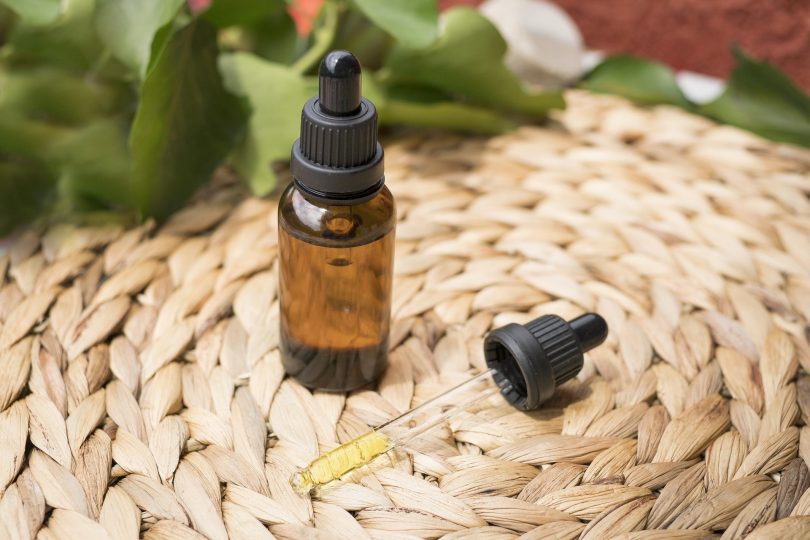Recently, the international journal Life published research on the efficacy of full spectrum hemp oil tested against chronic pain in mice. [1] The researchers aimed to create a “persistent state of chronic pain,” and thus used the Foramen Rotundum Inflammatory Constriction Trigeminal Infraorbital Nerve injury (FRICT-ION) model. FRICT-ION essentially involves inserting a suture that causes nerve damage and pain lasting for at least 100 days. As the researchers explain, the method leads to “continuous irritation that develops into secondary mechanical hypersensitivity on the snout.”
The researchers performed the procedure on nine male mice and tested pain levels (mechanical allodynia, or pain due to touching) for seven weeks prior to the hemp oil intervention. “Estimates are that in week 8, mice had experienced pain equivalent to several human years and can be considered chronic.”
The hemp oil used, LyFeBaak, is commercially available and derived from the cultivar Cherry Blossom using ethanol extraction. Cannabidiolic acid (CBDA) accounted for about 14.5% of total weight, while the main terpene, β-myrcene, totaled about 0.25%. Peanut butter at 0.138 mg/kg was mixed with 5 μL hemp oil and administered. This was followed by a 6-hour test period. The placebo group received peanut butter alone. Three naïve mice were also included, and the researchers were blinded.
Von Frey filament stimuli was used to gauge pain response each hour during the 6-hour observation window. This involves applying mechanical force as measured in grams. In this case, the baseline naïve group responded to 6.0 g of force. The mice that underwent the procedure but did not receive hemp oil responded to 0.008 g of force. However, in the mice that received the hemp oil, “the response reversed toward baseline stably between 2–4 [hours].” Significant differences were reported at hours 1, 2, and 6.
Limitations include “the small sample and observational nature of the current research design,” which impedes “generalizability of the findings and/or application to human conditions.” Nonetheless, the researchers conclude that “common, commercially available, and easily
reproducible full-spectrum hemp oil induces significant anti-allodynic effects with a bell-shaped pain sensitivity effect peeking between 2 and 4 [hours] and lasting over 6 [hours].” [1]
This finding is rather unsophisticated given the direction of the experiment. Real, live human beings have benefited from Cannabis sativa for thousands of years. Pain has been a consistent target and there’s already enough human pain available in the world to tackle with such a benign substance as a full-spectrum hemp oil.
It’s well-known that sufferers of chronic pain often turn to cannabis for relief. [2] Of 1,429 study participants, 61.2% used cannabis to treat their pain. And states with legalized medical cannabis allow access to the plant for treating chronic pain. If the agenda of the mouse study was to see if whole plant extracts help with pain, perhaps a simple survey of human beings suffering from chronic pain for longer than a few years, such as the myriad of senior citizens shunning stigma to use cannabis [3] would have been more inspiring and more humane. At least they could have talked and communicated patient feedback directly.
Reference
- Vigil JM, et al. The therapeutic effectiveness of full spectrum hemp oil using a chronic neuropathic pain model. Life. 2020;10(69). doi:10.3390/life10050069. [Impact Factor: 2.991; Times Cited: n/a]
- Sexton M, Cuttler C, Finnell JS, Mischley LK. A Cross-Sectional Survey of Medical Cannabis Users: Patterns of Use and Perceived Efficacy. Cannabis Cannabinoid Res. 2016;1(1):131-138. [Impact Factor: 2.991; Times Cited: 42]
- Lum HD, Arora K, Croker JA, et al. Patterns of Marijuana Use and Health Impact: A Survey Among Older Coloradans. Gerontol Geriatr Med. 2019;5:2333721419843707. [Impact Factor: N/A; Times Cited: 7]
Image: Erin Stone from Pixabay








